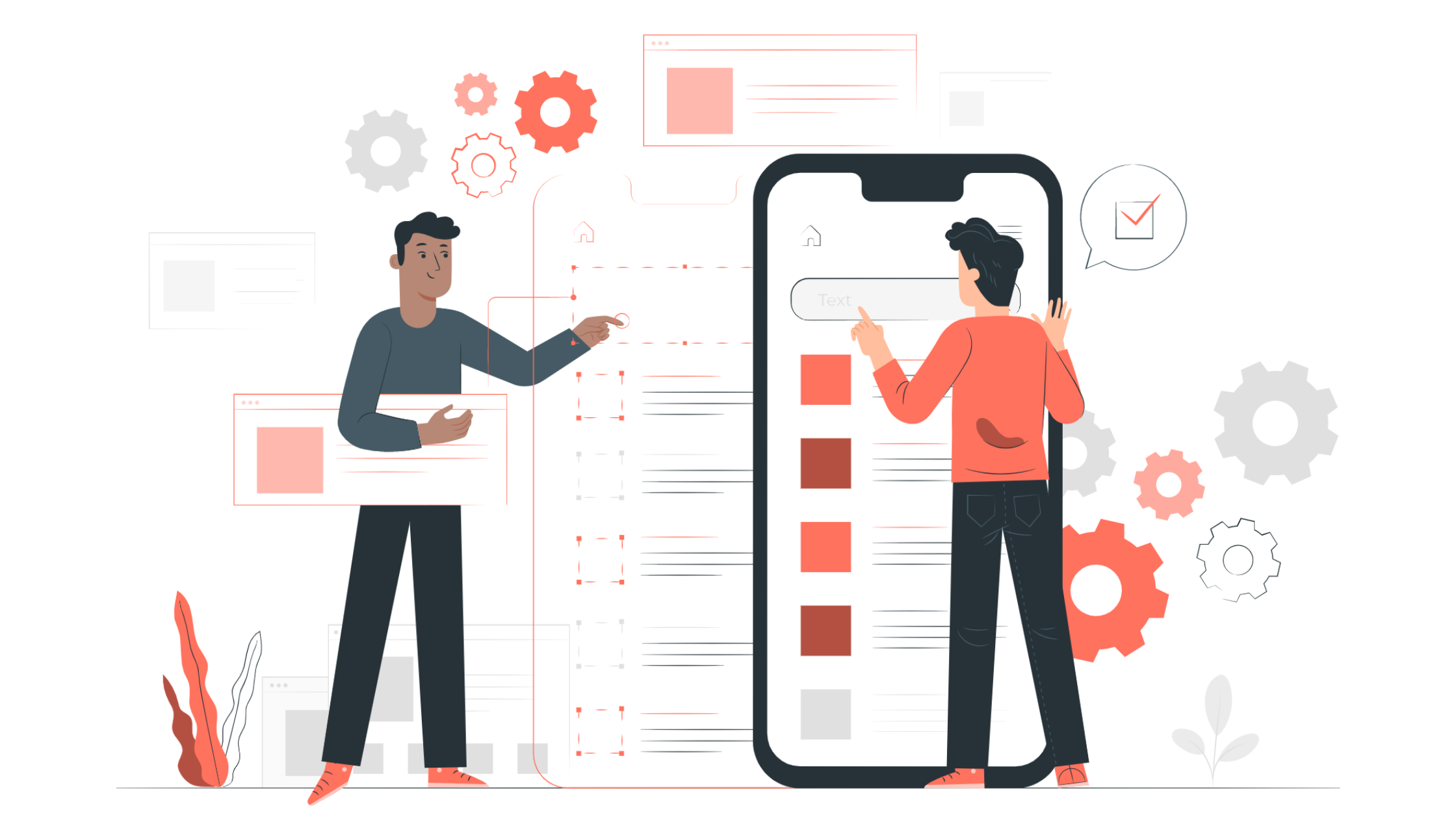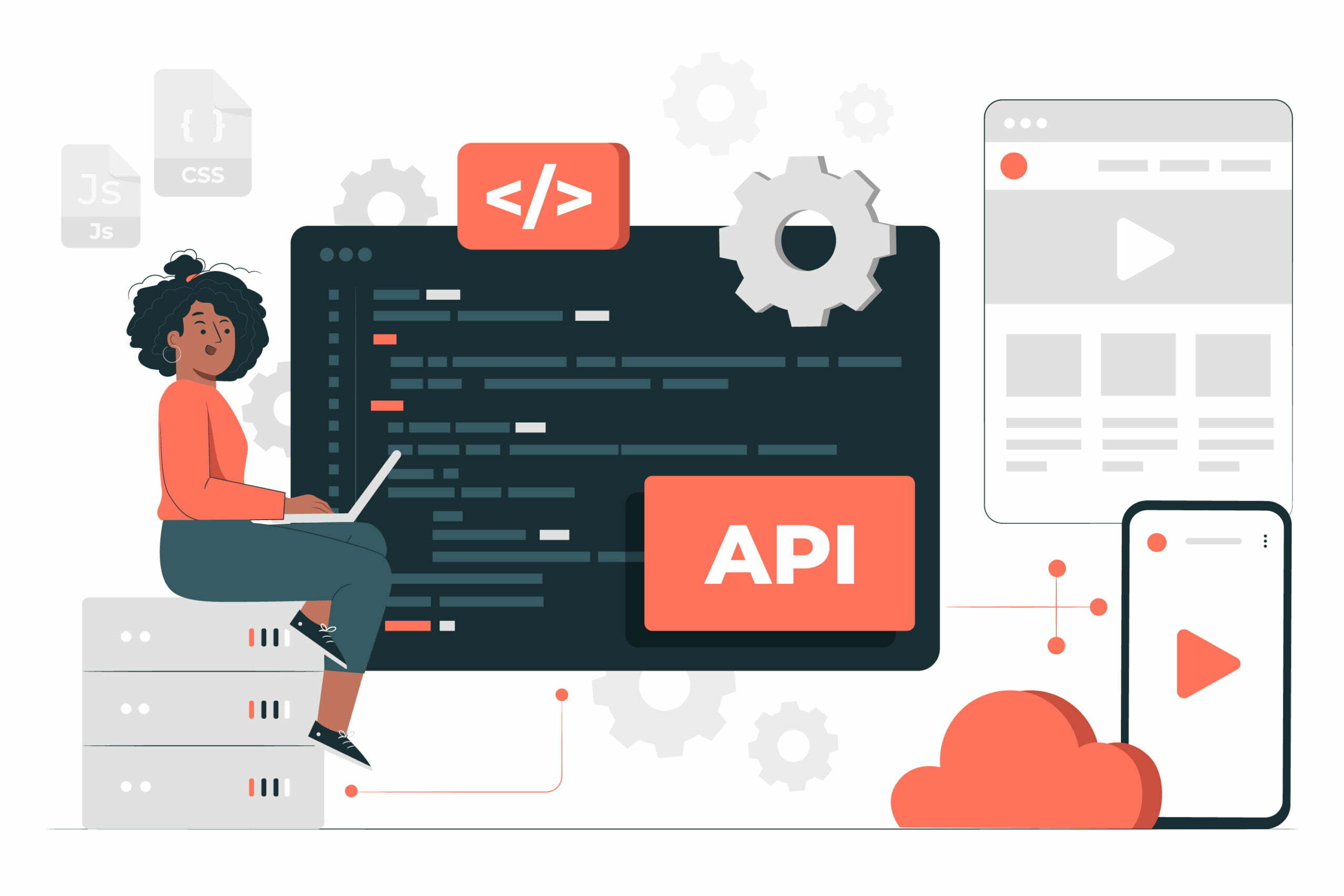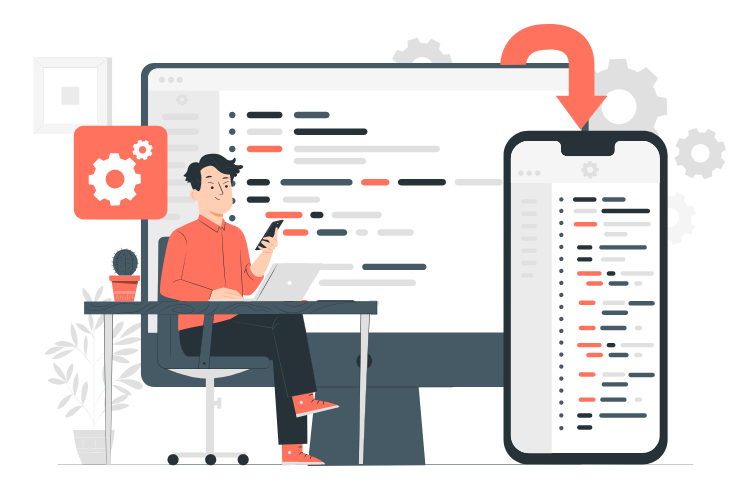Every business owner wants their company to be recognized in the market and increase the number of customers and clients. Developing an app for business is a great way to boost user engagement. Mobile applications help your customers do everything from finding out more about your company, downloading your latest product, purchasing a subscription, and even connecting with you instantly through live chat support.
An App Allows Customers To Engage With Your Brand
They can download the app, choose their favorite category or product, and then leave feedback about it. This gives you an opportunity for further interaction with the customer and allows them to share their experience with others as well.
An app also provides an excellent chance for you to keep tabs on what people are saying about your company online. If one of your products starts getting negative reviews, you’ll be able to address those issues before they get out of hand by communicating directly with the customer via email or phone call.
It Is A Quick Way To Inform Customers About The Offers & Products
The primary reason why businesses should develop their own app is that they can easily reach their customers and let them know about new offers and products.
When a customer downloads your app, it will be directly on his or her mobile phone. This is much better than putting an advertisement in print or on TV as it does not require any extra effort for your customers to see it. Moreover, if you have some new product launch planned in a few months from now, then you can send a push notification to remind them of this event through your app and make sure that there are no issues related to missing out on such important information.
Benefits Of An App
There are a number of ways that developing an app can benefit your business, you can reach a wider audience.
1. You can attract new customers.
2. You can drive sales for existing products and services by creating unique experiences for users that wouldn’t be available through any other channel.
3. You can create a new revenue stream from advertising or just by offering the app itself as part of a subscription service.
4. An app can expand your brand’s reach beyond the traditional web or social media platforms. It gives you the opportunity to engage with customers in a unique way while they are on the go. For example, if you own a restaurant that sells drinks and desserts, having an app allows people who are on their way home from work or school to order dessert before they get there instead of waiting until dinner time when everyone is hungry. This increases customer satisfaction because they don’t have to wait as long before eating their favorite treat!
Improve Customer Engagement
A mobile app or web app for business is a great way to create an additional channel with your customers. A mobile app gives you an opportunity to get closer to them, interact with them and reward their loyalty. This is especially important if you have a strong community that loves your brand and would like to be rewarded for it. To do so, the first thing you need to do is build a dedicated customer reward program into your app where they can earn points or other rewards for doing certain things such as downloading the app or getting invited by friends.
Once this part has been done, you can start thinking about what else should be included in your business’s mobile strategy besides just having an app available for download on both iOS and Android platforms (Android being more popular). The fact is that many businesses have already started developing apps for their products; however, most of these applications are not designed in such a way that makes them useful for consumers on daily basis – either because they lack features or because those features aren’t very intuitively laid out so users don’t know how exactly they work unless someone explains it beforehand.
Cultivate the Loyalty Of Customers
You can also use an app to cultivate loyalty among your customers. By doing this, you can:
1. Notify customers of new offers and products that might interest them. This will encourage them to come back again and again so they don’t miss out on any deals or discounts!
2. Allow customers to give feedback about the services provided by your company in order for it to be improved upon in future iterations of the product/service being offered at that specific location (if applicable).
3. Create a personalized experience for each customer. Instead of making them feel like they’re just another number, you are helping them feel special and important to your business.
What are the objectives for businesses to develop mobile apps?
1. To increase brand recognition
Brand recognition, customer loyalty, and improved customer service are all important to the success of your business. Your brand is the face of your company and a mobile app can help you get out there in front of customers by providing them with valuable information about your services or products. To increase brand awareness without breaking the bank on advertising campaigns or expensive marketing materials, then developing an app might be just what you need!
2. To keep in touch with customers
One of the biggest benefits of developing a mobile app is that it allows you to keep in touch with your customers. With an app, you can send push notifications and emails to inform them about products or services. The best part is that these messages will only be received by those who have downloaded the app on their phone, making them more targeted than email marketing campaigns which will go out to everyone’s inboxes regardless if they have signed up for it or not.
Through apps, you can update your customers with news, promotions, or future plans such as events or opening up new outlets across town, etc.
3. For lead generation
Mobile apps are a convenient way to keep in touch with customers, who can use them to make purchases or sign up for newsletters. The more people you reach through your mobile app, the more leads you’ll generate for your business.
4. To improve business claims processing
Mobile apps can help businesses improve the claims processing process by making it faster, more efficient, accurate, and cost-effective. Mobile apps for businesses also make it possible for companies to handle a greater number of claims in a shorter amount of time.
5. To build a client base that is loyal and mobile-friendly
Mobile apps are a great way to build a loyal client base. For example, you can use your app to promote your business and collect data from users. You can also use it to provide support for customers who have questions about your products or services.
If you want to create an app that will help you build a loyal client base, there are several things that must be taken into consideration:
- What kind of content does the user need?
- How much time will they spend on their phone each day?
- Which platform should be used based on these answers (iOS vs Android)?
Mobile app development is a growing market, and there are many benefits to pursuing it. Mobile apps are an excellent way to get your business noticed, build a loyal customer base, and more.
Conclusion
In the end, businesses need to be proactive and not just reactive in regard to their apps. Developing your own app is one way of doing so, but it’s essential that you have a good strategy in place and constantly provide updates that keep your customers engaged. We have successfully helped clients to build and reach out to their targeted customers. We can extend that expertise to your new app for maximum reach and impact.





